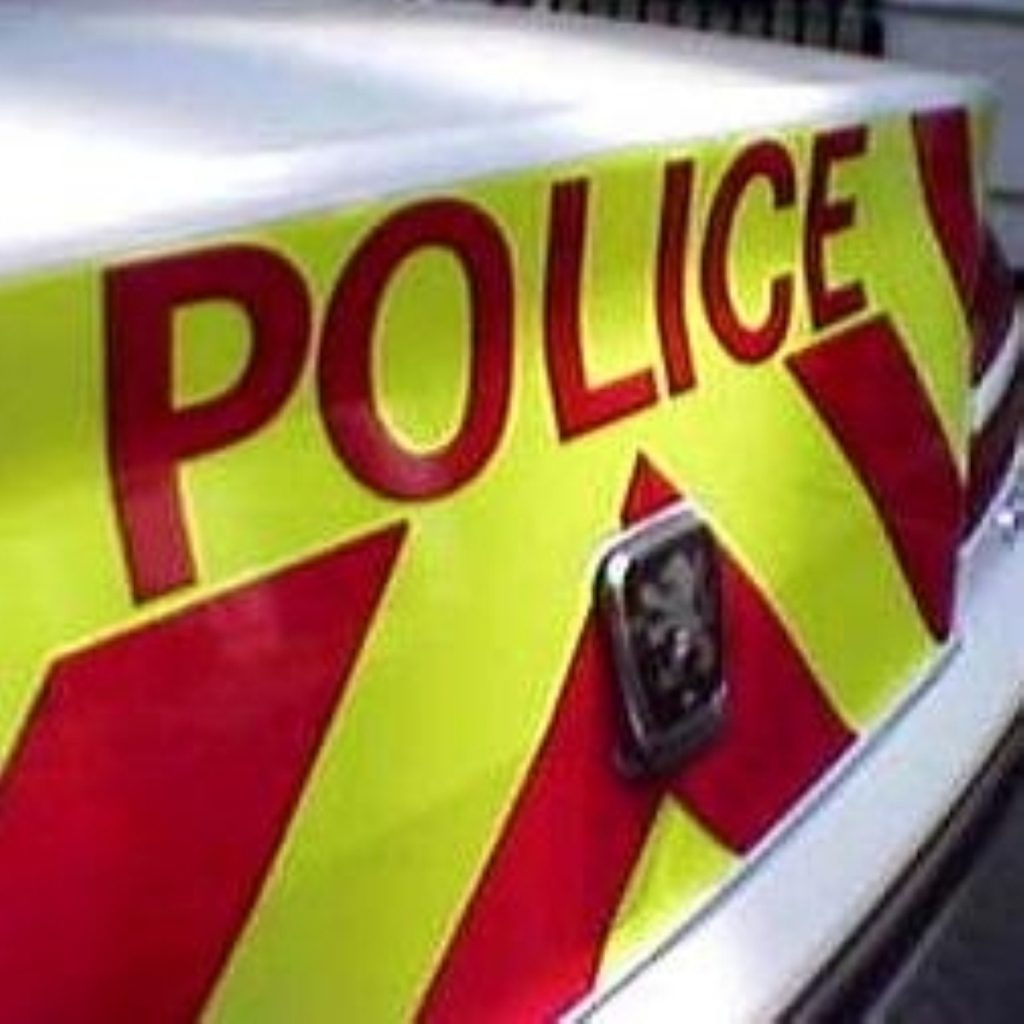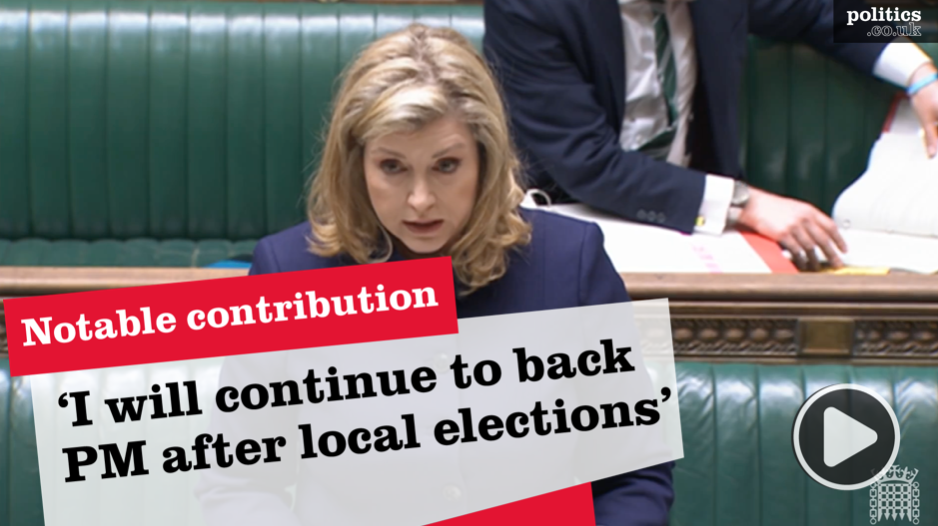Police performance data is not league table, says HMIC
Her Majesty’s Inspectorate of Constabulary (HMIC) has published performance data for all England and Wales’ police forces.
The new assessments include for the first time a grading system to compare performance between forces.
HMIC though emphasises that the results are not “league tables” claiming “it is not possible to create any meaningful ‘ranking’ of forces from the gradings alone.”
The money available to each force is not assessed and there is no weighting of the importance of the different assessment categories.


This however has not stopped some news organisations, for example the Telegraph, from collating the data into table form.
Home Office Minister Hazel Blears said: “Wherever they live, the public are entitled to the highest standard of policing and communities want to know how their local force is performing.
“By combining the performance data from the Home Office’s Police Standards Unit with their experienced policing assessments, HMIC have produced thorough, clearly written reports containing graded evaluations ensuring they are easily accessible for the public.”
HMIC Chief Inspector, Sir Keith Povey, said: “Good overall assessments were achieved by [in alphabetical order] Kent, Lancashire, Northumbria, Staffordshire and Suffolk, followed closely by two of the country’s largest and busiest forces, Merseyside and West Midlands Police.
“Of these forces only Suffolk is a small, mainly rural force – the type of force which traditionally shows up well in tables based predominantly on volume crime and detections performance, whereas forces with difficult policing environments struggle in conventional rankings.
“It is significant that three large metropolitan forces fare well from the baseline assessment approach.”
Whilst commending those forces, the HMIC said they would expect “continuous improvement” and “expect particular effort” in weaker areas.
Among those forces identified as poor include Cambridgeshire, Cleveland, Humberside, Nottinghamshire and West Yorkshire.
The president of the Association of Chief Police Officers, Chris Fox, told the BBC he thought the exercise was “very useful”.
“It’s a very good idea because it measures police forces across a whole range of things, not just counting numbers, so it gives a much fairer view,” he said. “It enables both Her Majesty’s Inspectorate and the chief constable to take stock of what’s working in the force and what’s not and over the long-term the next time this is done they’ll be able to see whether they’re making progress or not.
But he emphasised that as this was the first time this sort of exercise had been undertaken, further assessments would be needed before comparisons between the different police forces could be made.
“You can’t make a league table; what you can do is identify things the local chief needs to do and perhaps the things that nationally we need to get sorted out, because all forces are having some problems dealing with 999 calls and the sheer volume for instance.” Mr Fox said.












